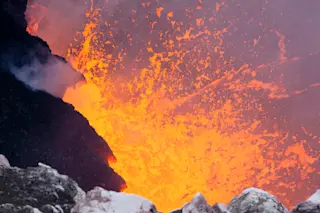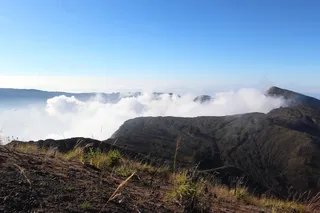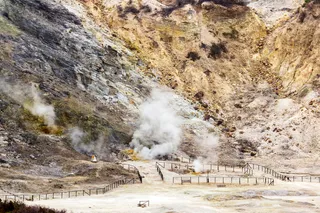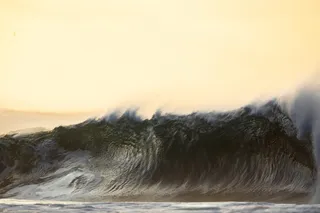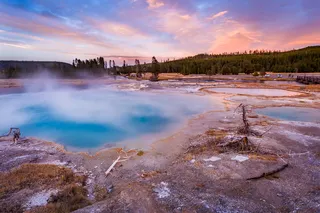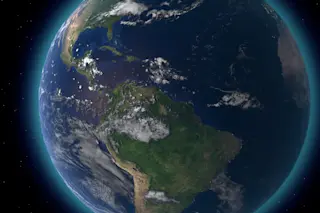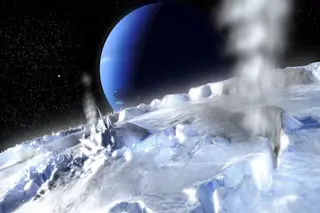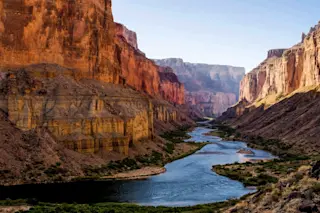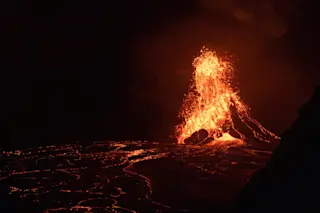Lava spattering from the Halema`uma`u lava lake at Kilauea on May 12, 2012. Image: HVO/USGS. I get a lot of questions here at Eruptions, but one of the more common themes is the properties of rocks - and specifically why they melt where they melt to produce magma? There are a lot of misconceptions out there about the interior of the Earth, namely that the tectonic plates that we make our home (both the continental and oceanic kinds) are sitting on a "sea of magma" that makes up the mantle. As I've said before, the mantle of the Earth, that layer of silicate rocks that starts at ~10-70 km depth and goes down to the outer core at ~2900 km depth that constitutes a large volume of the planet, is not molten, but rather a solid that can behave plastically. This means it can flow and convect, which is one ...
Why do Rocks Melt on Earth, Anyway?
Discover the melting point of rocks and how it influences basalt magma formation through decompression and flux melting.
More on Discover
Stay Curious
SubscribeTo The Magazine
Save up to 40% off the cover price when you subscribe to Discover magazine.
Subscribe

